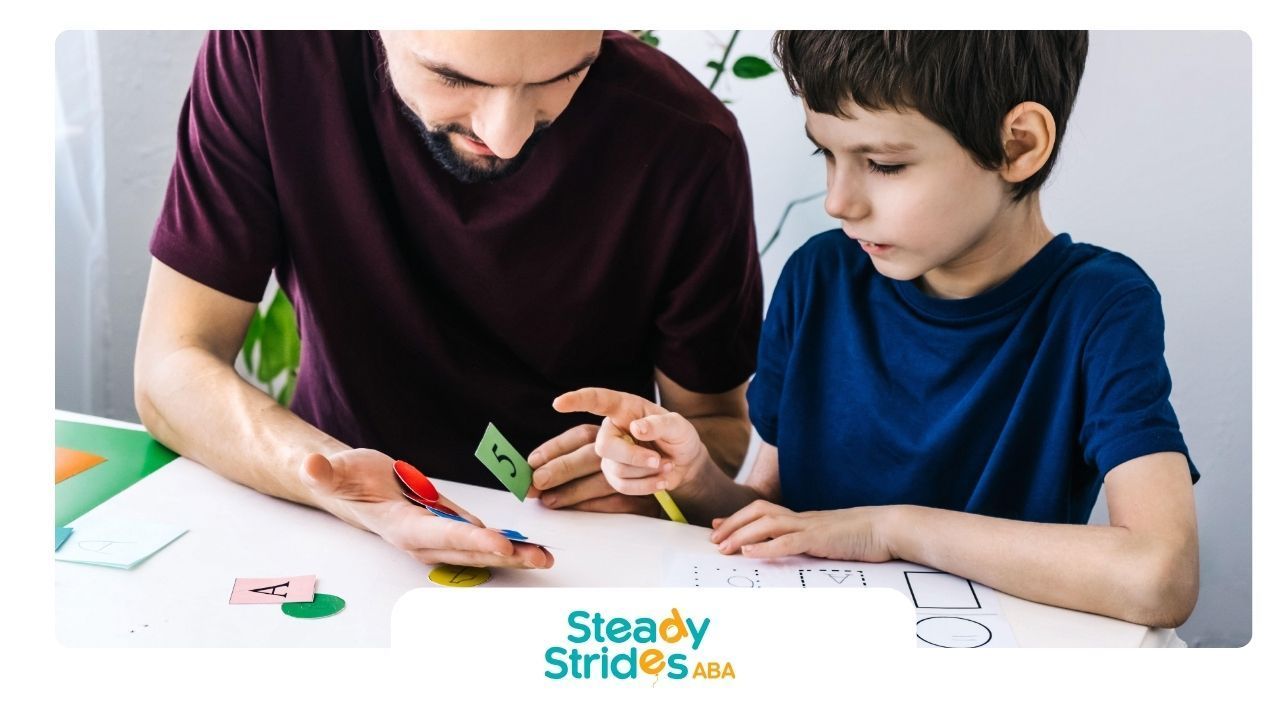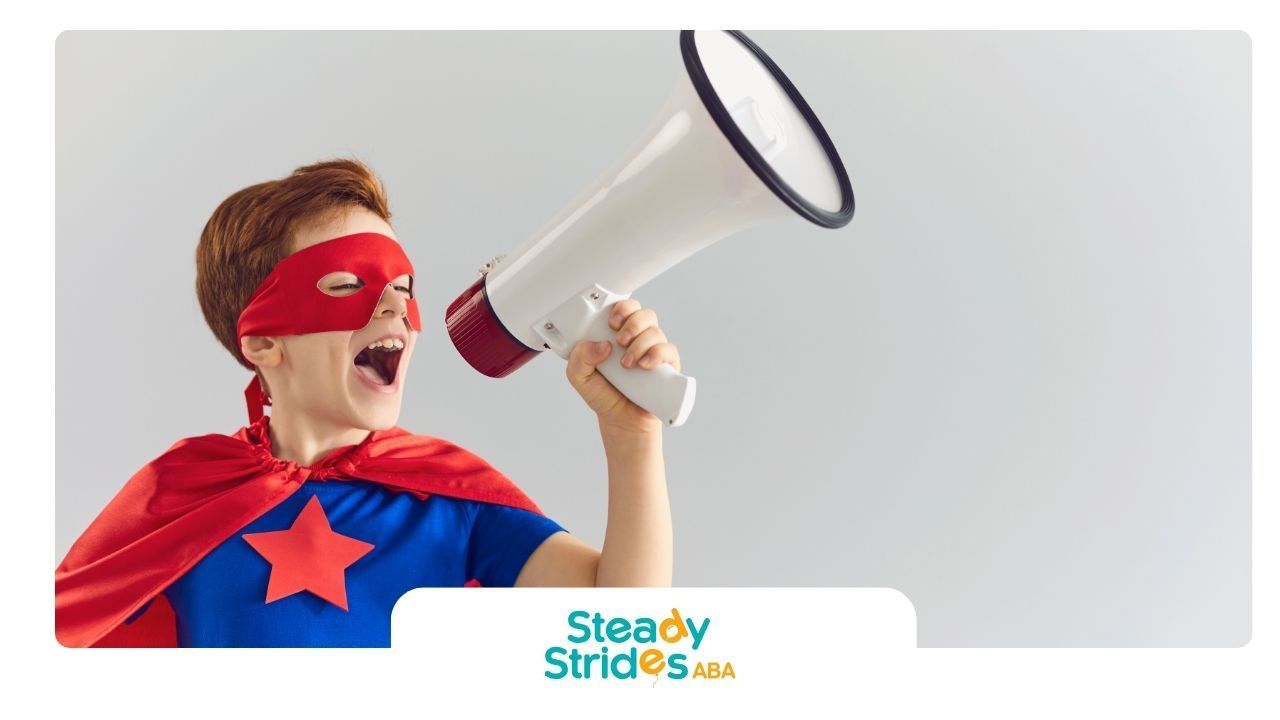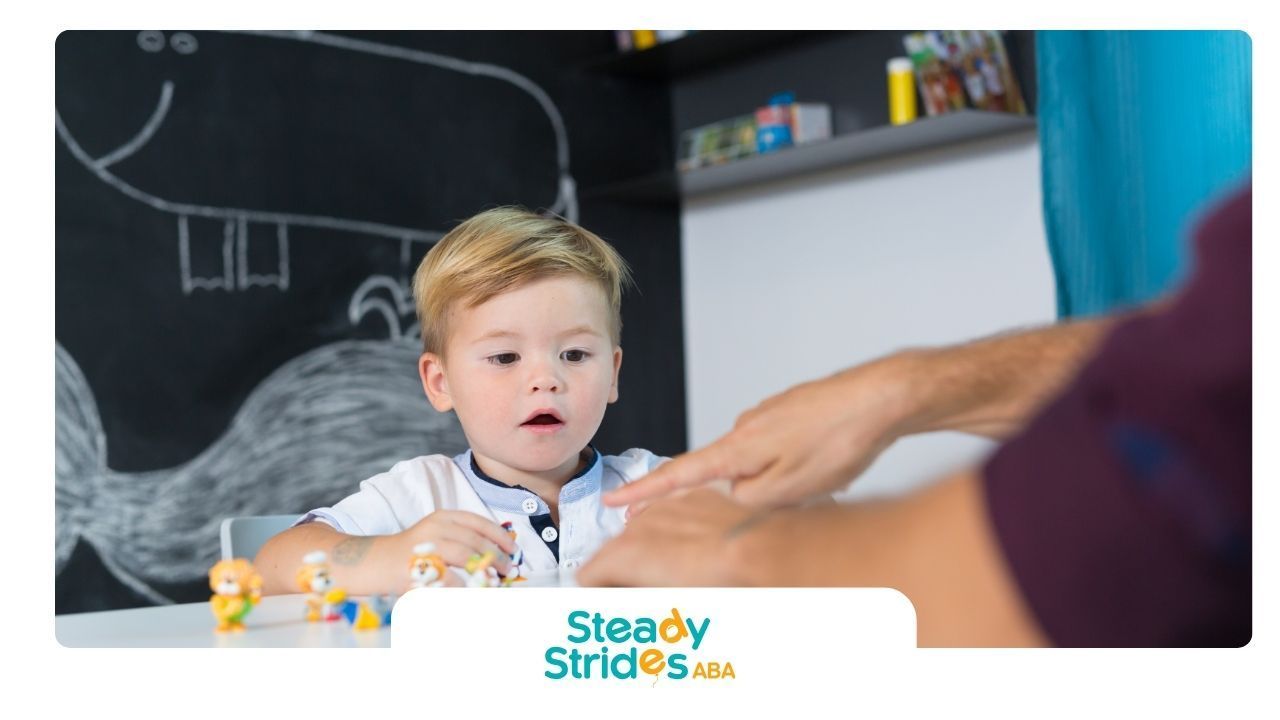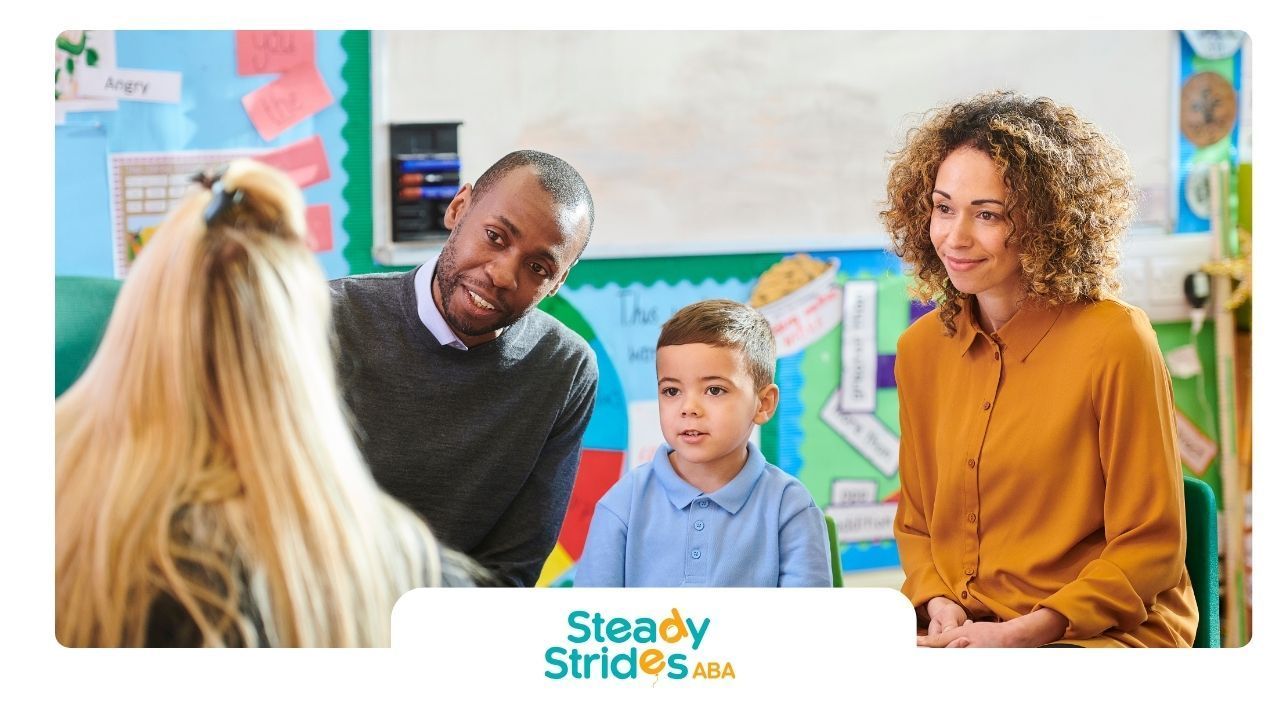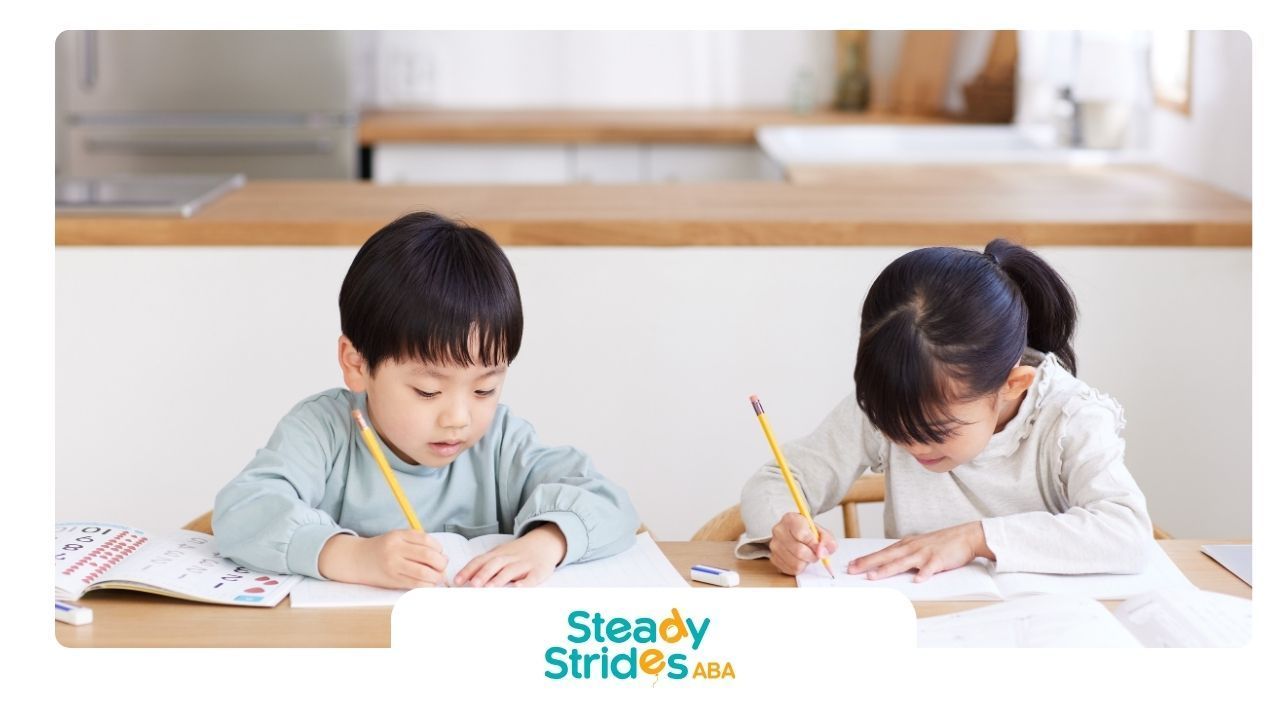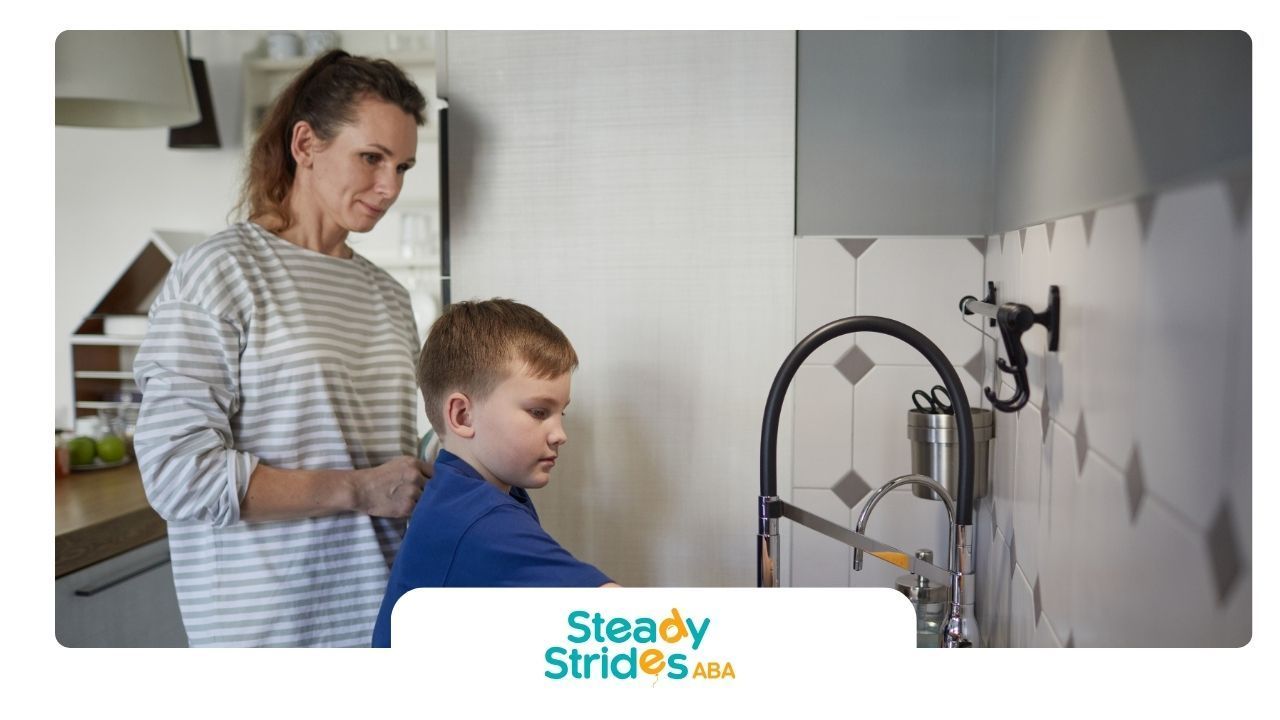Autism awareness colors create a shared visual language that unites families, educators, and advocates. What gives these hues their power? Each color carries an emotional meaning. From the calming spread of blue to the vibrant burst of red. Every shade tells a story. This article will explore the history and significance of these awareness hues and offer practical guidance. Readers will learn how to integrate these palettes into schools, clinics, and community events.
Trace Symbol Origins
Long before color campaigns, symbols shaped the way autism awareness spread across communities. Early emblems gave families and professionals a focal point for rallies and fundraisers. Understanding these origins helps frame why colors and shapes resonate today.
Puzzle Piece Beginnings
The National Autistic Society in the United Kingdom introduced the puzzle piece symbol in 1963. Gerald Gasson designed it to represent the complexity of the autism spectrum. Each interlocking piece invites viewers to consider both mystery and unity within the community. Over decades the puzzle design became a universal sign. It signified autism awareness worldwide.
Early Criticism
Some early critics felt the puzzle piece suggested individuals with autism were incomplete. That critique sparked conversations about more empowering imagery. These debates laid the groundwork for later symbol variations and alternatives.
Modern Interpretations
Today the puzzle piece appears in diverse styles from single-color emblems to intricate mosaics. Many designers integrate personal motifs into the shape, blending tradition with individual stories.
Ribbon Campaign Launch
In 1999, Autism Speaks and partner groups introduced a multicolored puzzle piece ribbon. The ribbon brought colors and shapes together to highlight spectrum diversity. Awareness efforts peaked each April during Autism Awareness Month. On World Autism Awareness Day April 2nd many landmarks light up in blue. This action is part of the Light It Up Blue campaign.
Ribbon Variants
Since its launch, the autism ribbon has taken on many forms—solid blue versions, rainbow gradients, and even ribbon mosaics. Each variant underscores specific campaign goals or local branding.
Global Adoption
Communities around the world now use the autism ribbon for fundraising runs, education fairs, and social media initiatives. The ribbon’s simple shape lends itself to pins, stickers, and digital badges.
Explain Color Significance
Each hue in the awareness palette adds a unique emotional note to campaigns. Understanding these associations can guide more effective messaging and design choices.
Blue as Calming Hue
Blue stands as the most recognized autism awareness color. Advocates chose it for its calming quality and broad appeal. Wearing blue attire or displaying blue lights sends a message of acceptance and support. The Autism Speaks Light It Up Blue movement encourages this visual cue each April. It reinforces solidarity on World Autism Awareness Day.
Blue in Educational Settings
Many educators find that blue accents help calm students. Classroom bulletin boards, seating, and storage bins in blue can reduce anxiety for learners with ASD. Incorporating blue wall decals or furniture pieces supports a serene learning environment.
Blue in Community Events
Local awareness events often include blue lighting on buildings, bridges, and public spaces. Organizers may use blue banners and signage to create visual cohesion. Blue-themed color runs and fundraisers reinforce community solidarity through shared color choices.
Red for Awareness
Red adds vibrancy and urgency to awareness initiatives. It grabs attention in promotional materials such as posters, banners, and social media graphics. Many fundraisers adopt red accents to highlight key messages and donation calls. This bold hue reminds audiences of their active role in support efforts.
Red in Fundraising
Red shirts and ribbons are common in fundraising walks and galas. The bold color draws the eye to donation stations and informational booths. Some campaigns use red balloons or banners to mark fundraising milestones.
Red in Media
Red visuals in social media posts attract clicks and shares. Graphic designers may use red to highlight key statistics or quotes about autism support. Video campaigns often incorporate red filters or backgrounds to maintain thematic consistency.
Yellow for Positivity
Yellow injects hope and optimism into campaigns. Event planners often use yellow ribbons, stickers, and tablecloths to uplift participants. The brightness of yellow suggests a promising outlook for individuals on the spectrum. Its cheerful tone balances more serious messages with a sense of possibility.
Yellow in Art Therapy
Art therapists use yellow paper and paints to encourage joyful expression. The bright hue can inspire creative projects that focus on strengths. Yellow accents in therapy rooms may boost mood and engagement during activities.
Yellow in Outreach
Outreach materials like brochures and flyers often feature yellow to catch attention at community fairs. Table displays with yellow tablecloths can draw visitors to informational booths. Yellow banners may mark breakout sessions in conferences.
Gold and Green Signify
Gold highlights unique talents and achievements among people on the spectrum. Organizations use gold in award ceremonies and fundraising galas to honor special contributions. Green, though less prevalent, suggests growth, learning, and harmony. Educators and therapists sometimes incorporate green into classroom visuals or therapy settings to reinforce progress.
Gold in Recognition
Gold certificates and medals honor achievements and milestones in ASD programs. Award ceremonies often include gold-colored ribbons or trophies. This color choice underscores respect for individual contributions.
Green in Sensory Spaces
Sensory rooms may feature soft green lighting to create a calming and natural feel. Green seating and decor can support a sense of balance and well-being. Therapists sometimes select green textures and materials for sensory integration activities.
Rainbow for Diversity
The rainbow spectrum captures the full range of the autism experience. It represents diverse abilities, challenges, and individual stories. Campaigns often layer rainbow hues with puzzle or infinity symbols to emphasize inclusivity. This approach celebrates each spectrum voice and highlights community unity.
Rainbow in Branding
Organizations design logos that layer rainbow bands around core autism symbols. This approach visually communicates spectrum diversity in a single image. Rainbow-branded merchandise often sells well at conferences and fundraisers.
Rainbow in Workshops
Workshops may use rainbow-themed materials, such as colored index cards and markers, to engage participants. Facilitators assign each color a topic, helping attendees navigate complex ideas visually. The rainbow format supports interactive learning sessions.
Common Usage: Light It Up Blue, ribbons
Common Usage: Posters, banners, social graphics
Common Usage: Event décor, stickers, tablecloths
Common Usage: Awards, fundraising materials
Common Usage: Sensory rooms, classroom visuals
Common Usage: Combined symbols, promotional items
Highlight Alternative Symbols
Awareness symbols evolve as communities seek more empowering imagery. The infinity loop and butterfly have emerged as popular alternatives.
Infinity for Inclusion
The infinity symbol draws attention to the concept of neurodiversity. Represented in solid or rainbow colors, it suggests infinite possibility and ongoing growth. Many advocates adopt it to focus on strengths rather than limitations. It features in logos, jewelry, and social media to promote inclusive values. This emblem appeals to those who prefer a circle of unity over a puzzle design.
Color Variations
Advocates may use all-blue infinity logos for a more unified look. Rainbow infinity loops highlight the neurodiversity movement by representing multiple identities. Solid versions can match organizational branding while maintaining symbolic power.
Common Uses
Infinity symbols appear on bracelets, necklaces, and digital ribbons. Social media profile frames often feature infinity loops to show support. Conference badges and lanyards regularly incorporate this motif for visibility.
Butterfly for Transformation
The butterfly serves as a metaphor for growth and change. Its life cycle mirrors the development journey of many individuals on the spectrum. Families may choose butterfly icons to highlight personal transformation and resilience. This symbol offers a softer, organic alternative to the geometric puzzle piece. It appears on apparel, educational materials, and art to inspire hope.
Symbol in Education
Teachers display butterfly charts to illustrate skill development stages. Classrooms may feature butterfly mobiles to represent growth and change. Lesson plans can integrate butterfly art to discuss personal transformation.
Symbol in Art
Artists create mosaic butterfly murals that celebrate individual stories. Community art projects often invite participants to decorate butterfly wings with personal traits. Galleries may host autism awareness shows that center on butterfly themes.
Address Symbol Perspectives
Not all viewpoints about autism symbols align. Communities and individuals often debate the best way to represent autism.
Puzzle Piece Critiques
Critics of the puzzle piece argue it implies people with autism are missing or incomplete. This perspective has led some advocates to reject the design. The debate highlights the importance of respectful imagery in awareness work. Discussions around the puzzle piece have spurred the use of more affirming symbols.
Community Debates
Forums and social media groups often host discussions around the puzzle piece’s meaning. Some community members advocate moving away from puzzle imagery entirely. These debates highlight evolving perspectives on respectful representation.
Advocacy Shift
In response to critiques, some organizations have phased out puzzle pieces in favor of alternative symbols. New campaigns emphasize symbols of inclusion and neurodiversity over missing-piece narratives. This shift reflects a broader move toward acceptance language.
Individual Symbol Adoption
Many people on the autism spectrum create personal symbols that reflect their own experiences. Custom logos may combine favorite colors, shapes, and motifs. These bespoke designs underscore the value of self-expression in raising awareness. They also remind communities that autism is not a one-size-fits-all condition.
Personal Story Examples
Some adults with autism design logos that reflect their passions, such as music notes or gears. Families might choose pet images or favorite colors to represent their child. These unique symbols often appear on personal websites and social media.
Digital Expression
In online communities, custom avatars and emojis allow individuals to share personal autism symbols. Digital badges may combine colors and icons to signal specific advocacy messages. Open-source repositories offer downloadable symbol sets for wider use.
Provide Practical Applications
These hues and symbols become most powerful when applied thoughtfully. Organizations and caregivers can leverage them in a variety of settings.
Use Colors in Events
- Organize an “Light It Up Blue” evening by illuminating buildings and pathways with blue LED lights.
- Create ribbon stations where participants select colors based on specific messages or intentions.
- Host color-themed runs or walks, assigning each route segment a different hue for a rainbow effect.
- Distribute color-coded wristbands or stickers to represent strength, hope, positivity, or diversity.
- Invite local artists to design murals or installations that incorporate autism awareness palettes.
School Celebrations
Schools might host an awareness week where each day highlights a different color and its meaning. Students can create art shows focused on blue, red, or rainbow themes. Assemblies may feature presentations on why each hue matters.
Virtual Events
Virtual conferences can use background filters in core colors for keynote speakers. Webinars might include color-themed slides and downloadable digital ribbons. Social media challenges encourage participants to change profile photos to matching colors.
Incorporate into Design
- Apply autism awareness palettes to website headers, ensuring accessible color contrasts.
- Design flyers, posters, and social media graphics that blend core hues and symbols.
- Offer custom apparel like T-shirts and hats featuring the infinity loop or butterfly.
- Use colored signage in schools and clinics to guide visitors while reinforcing awareness.
- Develop classroom materials, such as worksheets and activities, that integrate color lessons on neurodiversity.
Accessible Design Tips
Ensure sufficient contrast between text and background colors to support readability. Use high-visibility color combinations in signage for visitors with visual sensitivities. Test color schemes under different lighting conditions to verify accessibility.
Marketing Materials
Brochures, email newsletters, and direct mail pieces can integrate autism awareness palettes subtly or boldly. Matching printed materials to digital branding creates a cohesive outreach strategy. Limited-edition posters or stickers can drive engagement and fundraising.
Conclusion
Colors and symbols associated with autism awareness form a rich tapestry of meaning. Blue, red, yellow, gold, green, and rainbow hues each add an emotional layer to advocacy. Classic emblems such as the puzzle piece and awareness ribbon paved the way for infinity loops and butterfly motifs. By understanding history, symbolism, and community perspectives, families, educators, and professionals can craft more thoughtful awareness efforts. From lighting up local landmarks to customizing personal icons, these palettes and symbols empower a message of acceptance and unity. Readers are encouraged to explore these approaches, share their stories, and continue building inclusive communities.
At Steady Strides ABA, we celebrate the diversity of autism and work closely with families, educators, and professionals to provide personalized, evidence-based ABA therapy. Our team uses a range of approaches to help individuals with autism thrive in all areas of life, while promoting understanding and acceptance.
Contact us today to learn how our tailored ABA therapy in Texas can support your child’s growth and help create a more inclusive environment at home, school, and in the community.
Frequently Asked Questions
What do the colors and symbols for autism awareness represent?
Colors like blue, red, and gold, and symbols like the puzzle piece and infinity loop, represent support, acceptance, and understanding of autism. They reflect the diversity of the autism spectrum and the commitment to inclusion.
How can I participate in autism awareness campaigns?
You can participate by wearing awareness symbols, lighting up landmarks in autism-friendly colors, and sharing educational resources. Additionally, joining local or online events helps spread the message of acceptance and unity.
Why is the puzzle piece symbol associated with autism?
The puzzle piece was originally chosen to symbolize the complexity and diversity of autism. Over time, its meaning has evolved, representing the need for acceptance and understanding for those on the spectrum.
SOURCES:
https://www.angelsense.com/blog/what-do-the-autism-colors-and-symbols-mean/
https://www.autismparentingmagazine.com/autism-colors/
https://www.autismspeaks.org/blog/why-you-should-wear-blue-april-2-world-autism-awareness-day
https://themissingpiecepuzzle.com/pages/autism-awareness-and-color
https://embrace-autism.com/reclaiming-blue-for-autism/




